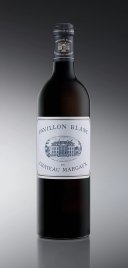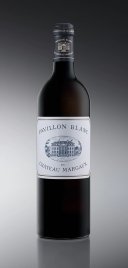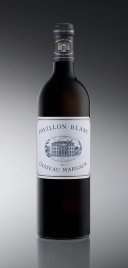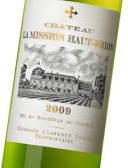$100 and over
Chateau d'Yquem 1er Grande Cru Classé en 1855
https://s3-ap-northeast-1.amazonaws.com/orchestracms/eosportal/pdf/tasting-notes/chateau-dyquem-2015.pdf
Chateau La Tour Blanche Sauternes 1er Cru Classé en 1855
Mount Mary Triolet Semillon Sauvignon Blanc Muscadelle
A classic and refined style with some citrus characters framed by bakery and subtle vanilla spice, the iconic Triolet is a classic Bordeaux Blanc blend, incorporating the three varieties of Sauvignon Blanc, Semillon and Muscadelle. It was first produced by Mount Mary in 1987. The varieties are fermented separately in barrel with complexity and palate weight gained from extended lees contact and fermentation on solids.
Château Margaux Pavillon Blanc
Domaine Gérard Boulay Sancerre Clos Beaujeu
Le Clos de Beaujeu is one of Boulay’s ‘blue-blood’ historic sites. Boulay farms two parcels in this terroir, including one within the original clos of this vineyard, established by the monks of Beaujeu in the Middle Ages. This parcel is historically known as Le Grand Clos. For this reason, Boulay names this wine Clos de Beaujeu rather than the more ubiquitous Cul de Beaujeu. In his book Le Vignoble de Chavignol, Thibaut Boulay notes that this vineyard first appears in documents dating to 1328 as the Clausus de Bellojoco, indicating this terroir’s age-old origins. Vines on this slope of Kimmeridgian limestone and clay (terre blanches) sit between 30 and (a remarkable) 110 years old. The soils here are particularly rocky—limestone-rich and strewn with fossils—making this parcel difficult to farm. A second, even steeper parcel at a 60% gradient lies closer to the village. These southeast-facing plots make the Clos de Beaujeu the source of some of the domaine’s most structured and nervy wines. This cuvée ferments spontaneously and rests in large, upright cask (60%) and three- and four-year-old 300-litre barrels (40%) for 10 months.
Domaine Gérard Boulay Sancerre Les Monts Damnés
Monts-Damnés (pronounced mon-dannay) is perhaps the best-known vineyard in Chavignol. Drinking great juice from this site leaves you in little doubt that Chavignol is home to some of the most textural, mineral, uplifting and sublime Sancerres. Boulay’s bottling comes from 45-year-old vines on one of the steepest inclines of this majestic vineyard, a 40° south-facing plot on terres blanches (white, chalky clay and limestone) directly adjacent to Vatan’s Clos la Néore vineyard. It’s a parcel of vines that gives a wine of great hedonism and complexity. Boulay vinifies this cuvée in three- to four-year-old Rousseau Tronçais oak casks before finishing its aging in large cask prior to bottling.
Chateau Coutet 1er G.C.C 1855
https://s3-ap-northeast-1.amazonaws.com/orchestracms/eosportal/pdf/tasting-notes/chateau-coutet-1er-cru-2009.pdf
Chateau Guiraud
The wine tastes remarkably good: concentrated, aromatic, and complex. The speed with which the grapes became concentrated preserved magnificent vivaciousness. The wines are truly brilliant.
Mission Haut Brion Blanc
Mount Mary Triolet
The Triolet blend, first produced at this vineyard in 1987, was inspired by the white wines of Graves, Bordeaux. Each variety is picked at optimum ripeness, and is usually fermented separately. The characteristics of optimum ripeness are different for each variety. We pick the Sauvignon blanc after the strong herbaceous flavours have disappeared, the Semillon when the acid is not too harsh, and the Muscadelle when the flavour intensity peaks.















